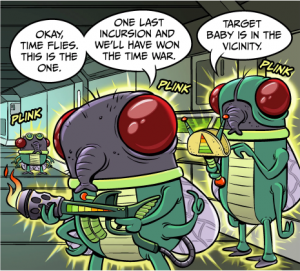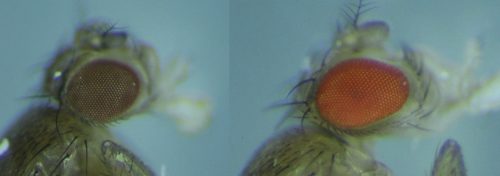My new regime begins today, and it’s one of the awkwardnesses of teaching a fly genetics lab. Mere human schedules don’t work; I informed the students from the very beginning that we’re going to be at the mercy of the flies’ schedule, and they have a roughly 9 day generation time, which doesn’t align well with our 7 day class cycle.
So what do we do? The class becomes more of an exercise in independent study. We have the regularly scheduled lab time, which I use to explain where we should be at and what to do in the next week, and then I open up the lab early every morning so they can come in whenever they want. I’m also posting my personal cell phone number on the door so they can call me at any time to come over (it’s not at all far, fortunately) — I’ll be requesting no calls after midnight, though. So starting now, I am on Fly Time and Student Time.
Which means I have to zip over to the lab right now.
Man, it would be handy to have one of those Time Tacos.




